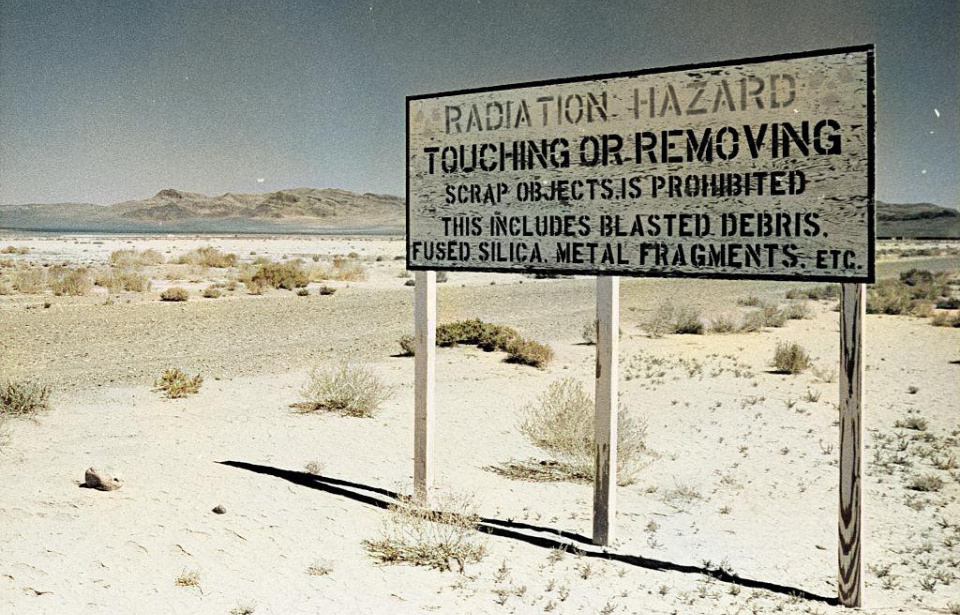In the early morning of December 18, 1970, a nuclear bomb was lowered 900 feet underground at the US military’s Nevada Test Site. The bomb was detonated and the test quickly went from routine to disaster. Within minutes, a cloud of radioactive smoke billowed from the hole, resulting in the worst accidental release of nuclear emissions in the history of the test site and forever changing the future of nuclear testing.
Partial Test Ban Treaty
The Baneberry test came seven years after the United States signed the Partial Test Ban Treaty (PTBT) in 1963. The pact, co-signed by the United Kingdom and the Soviet Union, was the result of growing concerns about nuclear testing and its effects on public health, the environment and national security, largely after nuclear particles were found in milk and wheat from the northern US.
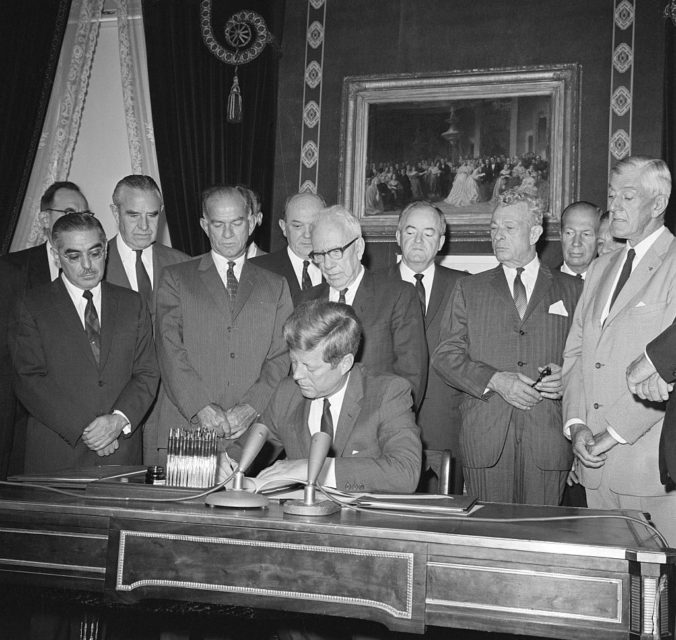
The treaty stated that the signatories were forbidden to “carry out any nuclear weapon explosion, or any other nuclear explosion … in the atmosphere; beyond its limits, including outer space; or underwater, including territorial waters or high seas.” The treaty drove nuclear testing underground for the first time in history, but no one knew the possibility of disaster was looming with each new test.
Operation Emery
At 7:30 A.M., the Baneberry bomb was lowered into a 900-foot deep hole, as part of Operation Emery, a group of 16 nuclear weapons tests conducted between 1970-71. Within minutes of detonation, a fissure opened up 300 feet from the original testing site, from which a cloud of smoke rose, leaking radioactive particles into the air.
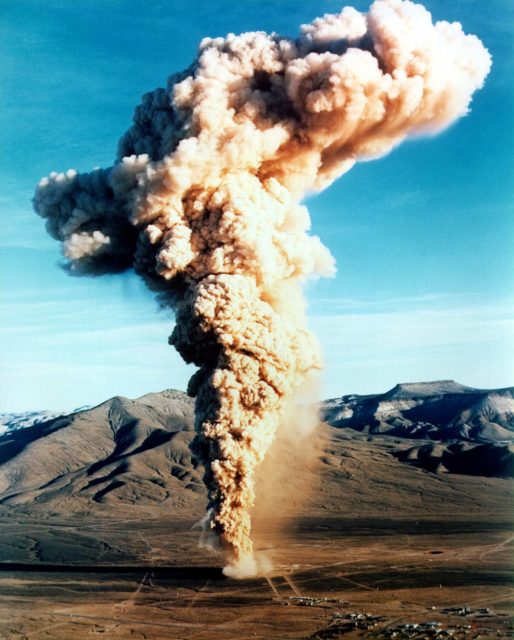
The jet of smoke released 80 kilocuries of Iodine-131 (I-131), a radioactive element that can cause thyroid cancer, which is equal to 800 times the recommended radioactive exposure. The cloud of smoke could be seen from Las Vegas, over 120 miles away, and rose 1.9 miles into the air, raining down radioactive dust on 86 workers at the test site.
The accidental release of radioactivity at Baneberry was the worst in the history of the Nevada Testing Site. Two workers died from leukemia just four years after the accident, likely due to their exposure to I-131.
The aftermath of the Baneberry nuclear bomb test
After the incident, the Baneberry test site was closed for six months. Investigators entered the massive underground hole where the bomb detonated, searching for answers as to how the fissure was created. Their findings forever changed nuclear testing.
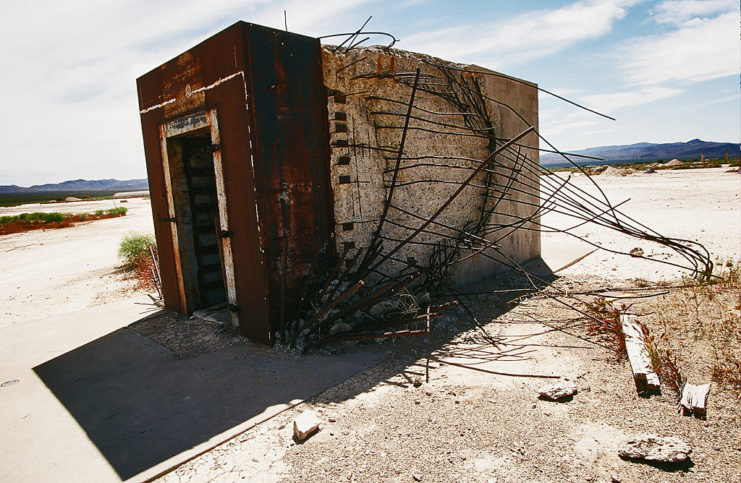
A report released by the U.S. Atomic Energy Commission (AEC) revealed that the cause of the venting from the Baneberry site was the result of abnormally high water content in the detonation area. This caused the pressure to increase underground, which could only escape through the fissure that opened up 300 feet away from the explosion.
The AEC concluded that all future nuclear test sites should undergo a proper geological investigation before testing, to avoid the same mistakes as Operation Emery. The US continued underground testing of nuclear weapons for another 20 years, until the very final test on the “Divider” device in 1992.
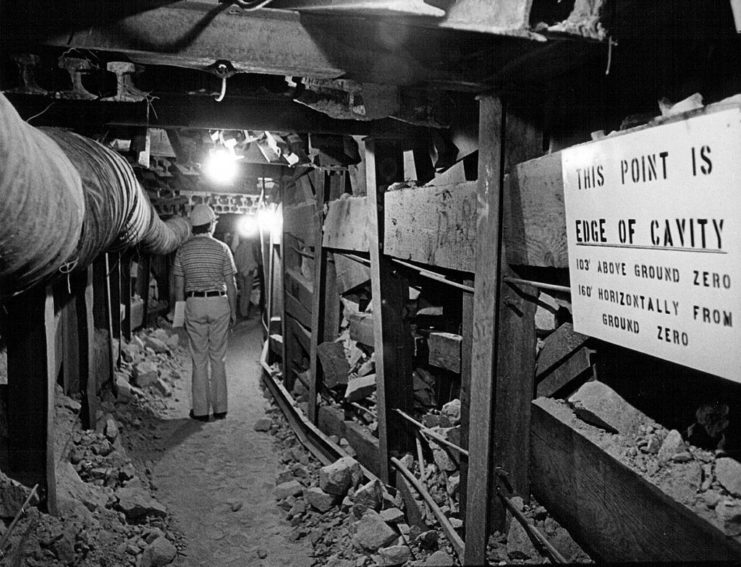
More from us: Atomic Annie: The Cold War-Era Cannon Capable of Firing a Nuclear Warhead
Divider ushered in a new era of peace and stricter laws around nuclear weapons, signaling an end to the Cold War. By 1996, the US was the first country to sign the Comprehensive Nuclear-Test-Ban Treaty (CTBT), but has yet to ratify it to make it a global law.
